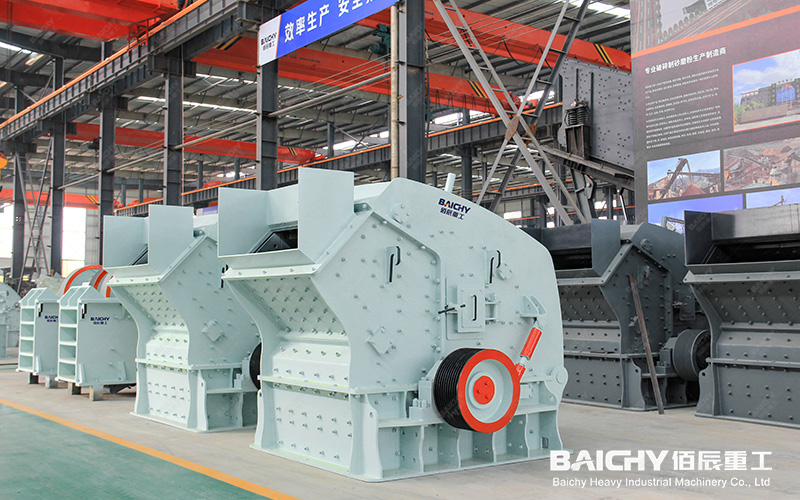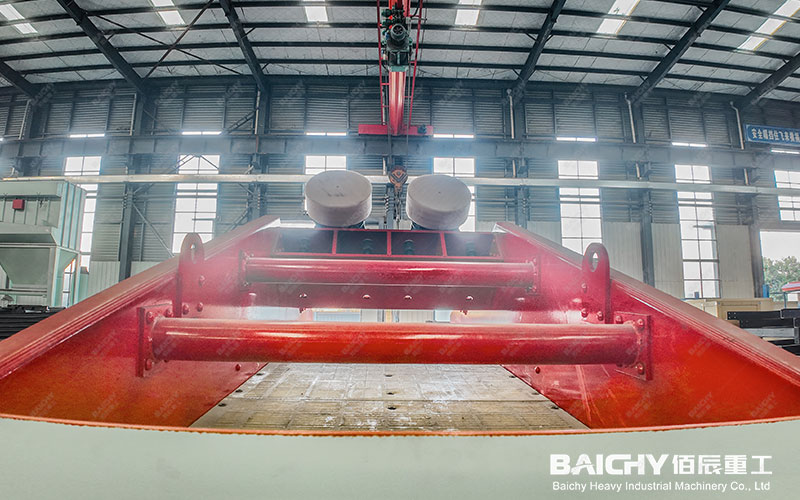
In industries such as mineral processing, ceramic production, and chemical synthesis, the demand for material fineness is increasing. When the target powder needs to reach micron or even nanometer levels, wet ball mills become indispensable core equipment. Compared to dry grinding, wet grinding offers unique advantages, making it particularly effective in specific applications. This article will provide an in-depth understanding of the working principles, key advantages, main application areas, and how to choose the right equipment for your needs.
1. Wet Ball Mill: More Than Just "Adding Water"
The basic structure of a wet ball mill is similar to that of a dry ball mill, consisting primarily of a drum, grinding media (steel balls, ceramic balls, etc.), a transmission, and a feed and discharge mechanism. The key difference is that the grinding process takes place in a liquid medium (usually water or alcohol).
Operating Principle: The material, along with a certain proportion of liquid (grinding aid), is fed into the drum from the feed end. As the drum rotates, the grinding media is lifted to a certain height and then thrown down, where they are pulverized through impact, grinding, and shearing. The liquid medium not only carries and transports the material, but more importantly, it dissipates the heat generated during the pulverization process, preventing overheating and adhesion, and effectively reducing dust generation.
II. Why Choose Wet Grinding? Four Core Advantages of Wet Grinding
1. Higher Grinding Efficiency and Fineness: The liquid environment effectively disperses material particles, reducing over-grinding and particle agglomeration, making it easier to obtain evenly distributed ultrafine powders. The efficiency is generally higher than dry grinding.
2. Dust-Free, Safer and Environmentally Friendly: The entire process takes place in a sealed liquid, fundamentally eliminating the risk of dust explosions and pollution to the working environment, meeting strict environmental requirements.
3. Relatively Low Energy Consumption: For products with the same fineness requirements, wet grinding sometimes consumes less energy per unit of product than dry grinding due to its high efficiency.
4. Suitable for Special Materials: For materials that are easily ignited or oxidized in the presence of air, or for materials with a certain moisture content, wet grinding is a safer and more economical option.
III. Key Application Areas: Where is Wet Grinding Technology Shining?
• Mining: This is the primary application for wet ball mills, used for pre-processing grinding of metal ores such as iron ore, copper, gold, and lead-zinc, separating useful minerals from gangue.
• Ceramics and Glaze Industry: Used in the preparation of ceramic blanks and glazes, wet grinding ensures uniform mixing of ingredients, resulting in an extremely fine and smooth glaze finish.
• Chemical and Pigment Industry: Used in the production of high-performance pigments, dyes, and fillers, wet grinding is the optimal process for producing high-performance pigments, dyes, and fillers, requiring extremely fineness and stability.
• New Materials: Wet ball mills play a key role in the preparation of ultrafine powders for high-tech applications such as lithium battery cathode and anode materials, electronic ceramic powders, and magnetic materials.
IV. How to Choose the Right Wet Ball Mill? Focus on These Points
Choosing the right wet grinding equipment is crucial to ensuring production efficiency. When selecting, focus on the following aspects:
1. Material Properties: Material hardness, particle size, density, moisture content, and corrosiveness are the basis for determining the ball mill's material (e.g., manganese steel, high-aluminum ceramics, rubber lining) and structure.
2. Target Output and Fineness: Clarifying the hourly processing capacity and desired product fineness are key parameters in determining the ball mill model and power.
3. Continuous vs. Batch Mill: Choose based on your production process. Continuous mills are suitable for large-scale, stable production; batch mills are suitable for small-batch, high-variety, and fine-quality production.
4. Supporting Equipment: Wet grinding systems typically require supporting equipment such as classifiers, conveying pumps, and dehydration and drying equipment, ensuring the synergy of the entire process line.
As a mature and efficient wet grinding equipment, wet ball mills play a crucial role in modern industrial production, striving for ultrafine, environmentally friendly, and safe production. A correct understanding of their operating principles and advantages, along with rational selection based on the characteristics of your material and production goals, is key to maximizing equipment efficiency, reducing overall costs, and improving product competitiveness.
If you are looking for an efficient wet grinding solution for your project, please feel free to contact us. We provide comprehensive services, from equipment selection and design to installation and commissioning, to help you optimize and upgrade your production processes.











